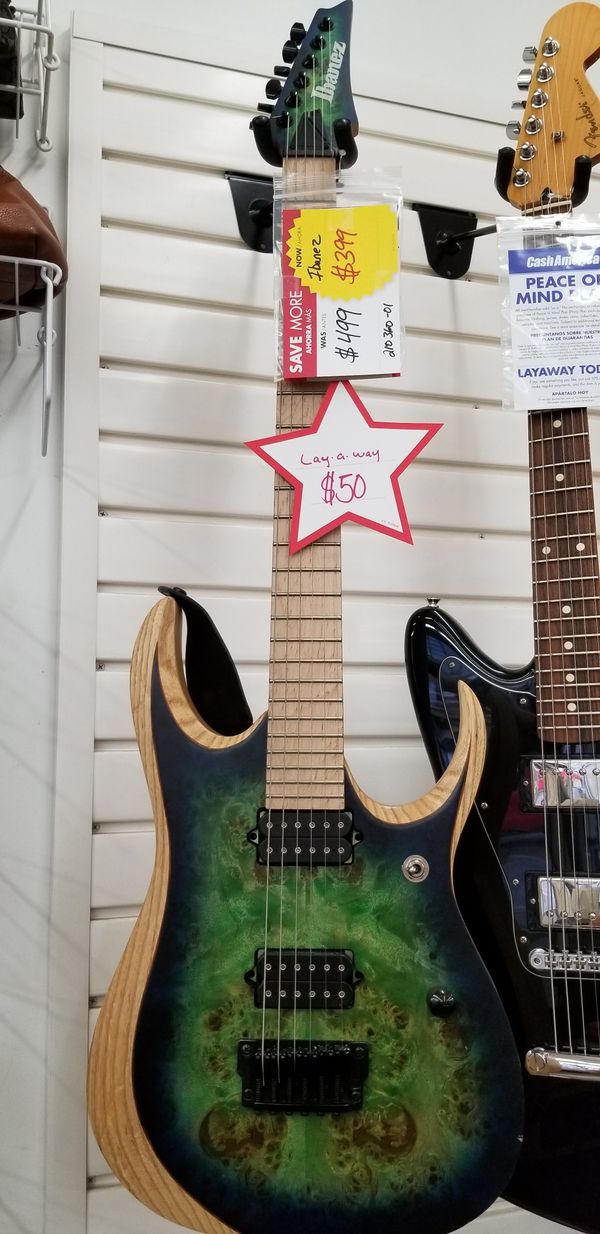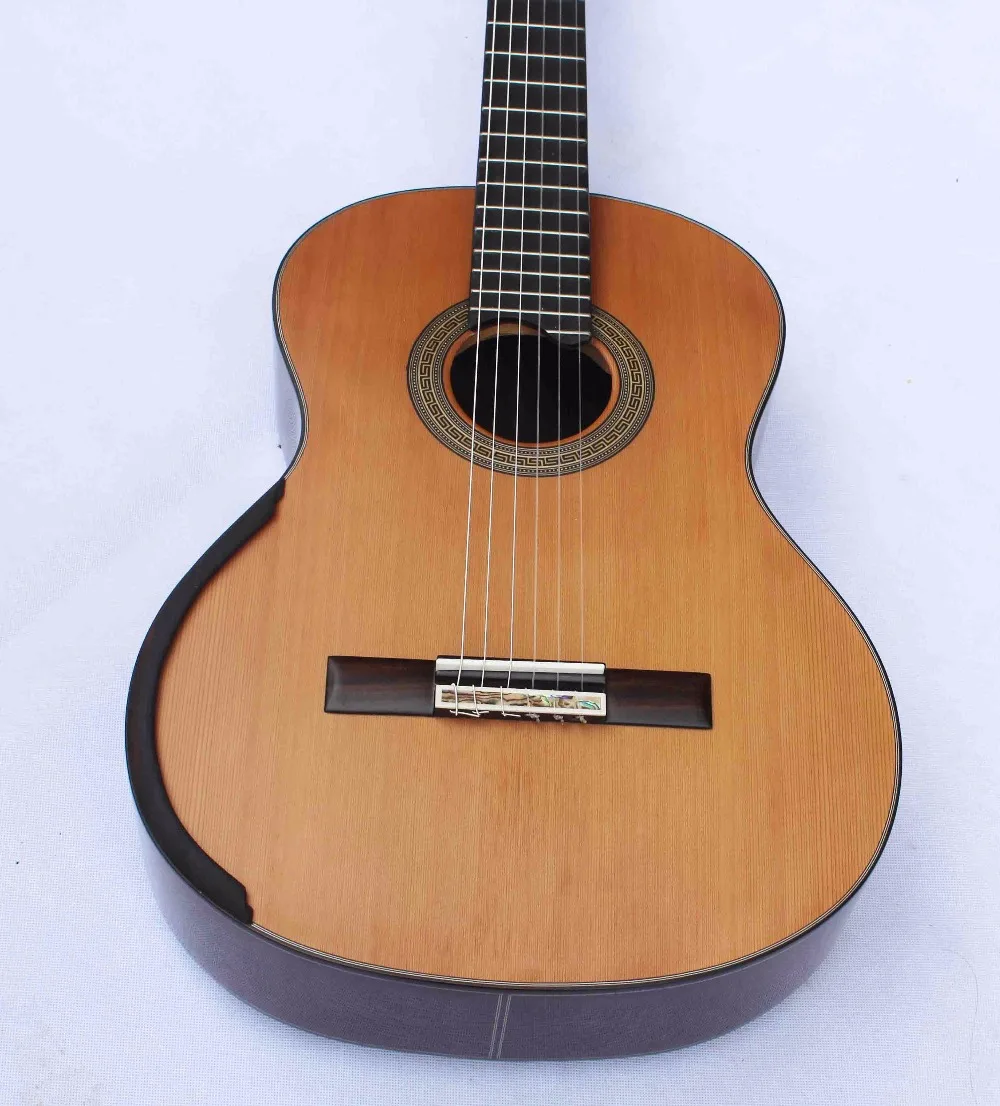
- #FREE GUITAR IDENTIFICATION FOR FREE#
- #FREE GUITAR IDENTIFICATION SERIAL NUMBERS#
- #FREE GUITAR IDENTIFICATION SERIAL NUMBER#
- #FREE GUITAR IDENTIFICATION SERIAL#
- #FREE GUITAR IDENTIFICATION FULL#
Having said this, there are a lot worse guitars out there, and as well as being historically important, the 1820 bass can certainly provide the goods when required. Over the course of the 70s, the Japanese output improved dramatically, and in many ways these early 70s models are a low point for the brand. These new Epiphones were based on existing Matsumoku guitars, sharing body shapes, and hardware, but the Epiphone line was somewhat upgraded, with inlaid logos and a 2x2 peghead configuration. The Matsumoku factory had been producing guitars for export for some time, but the 1820 bass (alongside a number of guitar models and the 5120 electric acoustic bass) were the first Epiphone models to be made there.

See also - Vintage guitar advertising Catalogue updates on this siteīy the end of the 1960s, a decision had been made to move Epiphone guitar production from the USA (at the Kalamazoo plant where Gibson guitars were made), to Matsumoto in Japan, creating a line of guitars and basses significantly less expensive than the USA-built models (actually less than half the price). All but the smallest companies print catalogues in significantly larger quantities than in the previous decades. Since the 1970s, colour printing has been the norm. Though by the mid-1960s guitar sales were at a peak, and most manufacturers were using colour, often producing lushly designed full-line catalogues containing all guitars, basses, amplifiers, banjos etc produced by the company at that time.
#FREE GUITAR IDENTIFICATION FULL#
Some of the first full colour guitar publicity was produced by Gretsch in the 1950s. Early catalogues were naturally black and white, with the occasional two-colour font or page design. Later Gretsch, Gibson and other companies followed suit. Some of the bigger manufacturers (most notably Fender in the early 1960s) started including somewhat slimmed down catalogues in the centre pages of popular music magazines such as Downbeat. Examples include LD Heater in the US, and Bell music in the UK.

Often these contained pages from the manufactures own catalogues, but sometimes they were entirely separate. What's more, some larger music stores produced their own catalogues. In the UK Boosey and Hawkes distributed Guild and Arbiter distributed Gretsch.Ĭatalogues were typically available from guitar dealers and by mail from the manufacturers themselves (or the distributors in overseas territories). Other examples include Merson, and later Ampeg, distributing Hagstrom, and Sorkin distributing Hofner in the USA. So British catalogue listings for Gibson and Hofner, for example, appeared in Selmer catalogues. UK brand VOX were distributed by the Thomas organ company in the US, whilst Vox's parent company JMI distributed Fender in the UK. For example, in the early 1960s, Selmer were the UK distributor for numerous non-UK brands: Hofner from Germany, Hagstrom from Sweden, and Gibson from the US.
#FREE GUITAR IDENTIFICATION SERIAL#
Up until 1997, the serial was paired with the words "Made in Japan.".Guitars sold worldwide tended to have an overseas agent looking after the distribution and advertising in that particular territory. Though examples also exist with the number on the headstock or the neck-plate in the case of certain early reissue models.
#FREE GUITAR IDENTIFICATION SERIAL NUMBERS#
Fender Japan serial numbers can usually be found on the back of the neck near the neck joint.
#FREE GUITAR IDENTIFICATION SERIAL NUMBER#
Where is the serial number on a Fender Mustang? Check the neck joint of the guitar if you can't find the serial number anywhere else.
#FREE GUITAR IDENTIFICATION FOR FREE#
On electric guitars, the serial number generally is located on the headstock. The best website for free high-quality Identification Card fonts, with 26 free Identification Card fonts for immediate download, and 7 professional Identification Card fonts for the best price on. On acoustic guitars, the number usually is written somewhere inside the guitar's sound hole. How do you look up guitar serial numbers?

The serial number on most Fender amplifiers can be found on the back of the cabinet or chassis. Serial numbers for acoustics can most often be found inside the sound hole.

The serial number on most Fender guitars and basses is usually located on the back of the headstock or neckplate. Where is the serial number on a Fender acoustic guitar? Fender Guitar Serial Number Decoder - FAQ


 0 kommentar(er)
0 kommentar(er)
